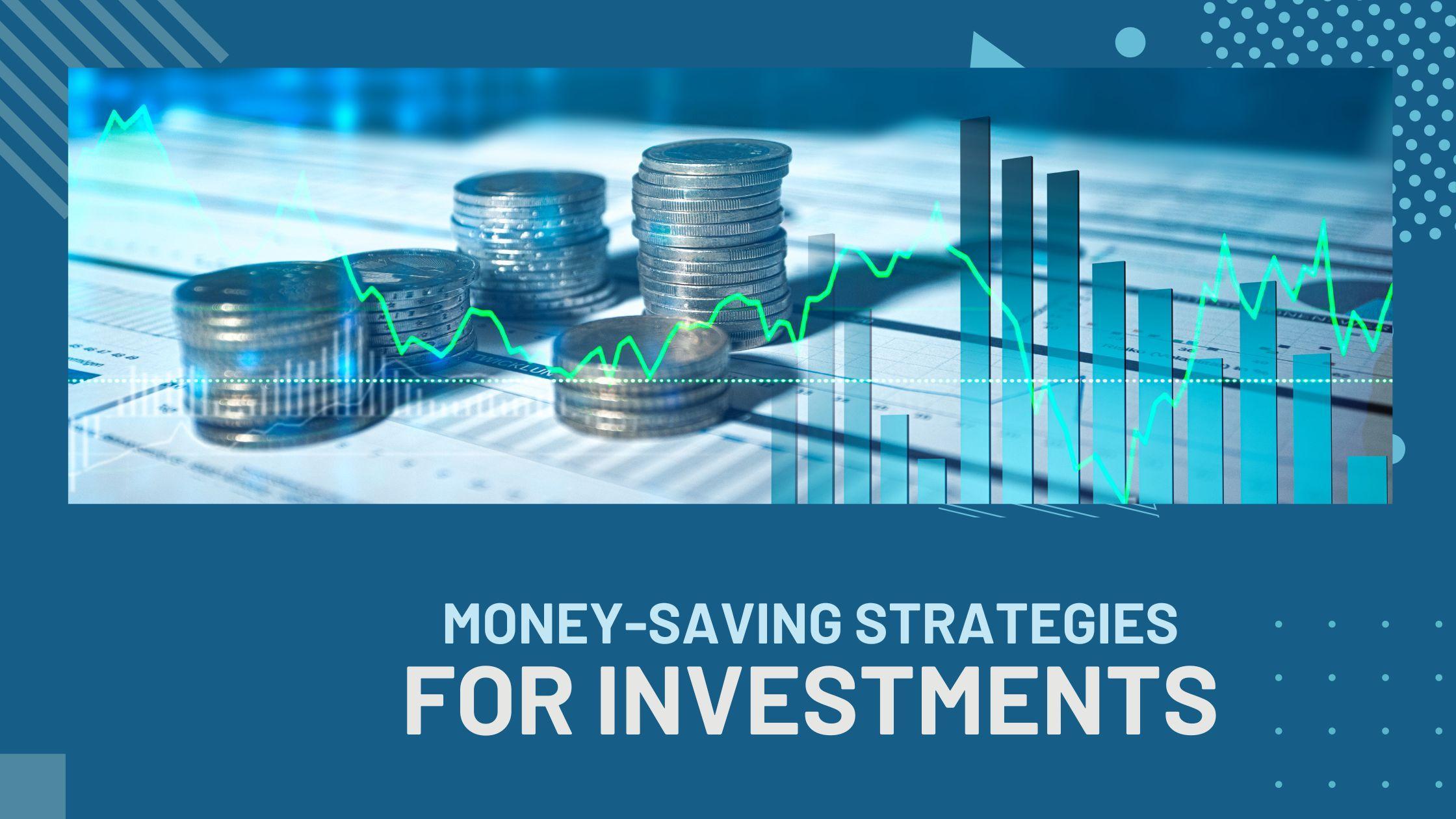Money-saving strategies for investments

Know Money-saving strategies for investments in 2023
Ready to start investing?
That’s great news! But before you do, there are a few things you need to know about how to save money on your investment plan.
Below are a few proven strategies that will help you get the most out of your investment dollars. Follow these tips, and you’ll be on your way to a successful investment plan in no time.
Types of Investment Vehicles and How to Choose
When it comes to investment vehicles, there are a lot of choices out there. How do you know which one is right for you?
There are a few things to consider when making your decision: your risk tolerance, your investment goals and the amount of time you’re willing to let your money sit in that investment.
For example, if you’re comfortable with some risk and you’re looking to invest for the long term, a stock or mutual fund may be a good option for you. If you’re looking for a lower-risk investment, you may want to consider a bond or CD.
Keep in mind that there’s no one-size-fits-all answer when it comes to investments. It’s important to tailor your choices to fit your specific needs and goals.
Benefits of Investing Early
You’re probably familiar with the saying, “time is money.” Well, that’s especially true when it comes to investing. The earlier you start investing, the more time your money has to grow.
Think about it this way: if you invest $5,000 and earn an average annual return of 7%, your investment will be worth more than $23,000 after 10 years. But if you wait until you’re 30 to invest that same $5,000, earning the same 7% return, your investment will only be worth $10,000 after 10 years.
That’s a big difference! By starting early, you’re giving your money a chance to grow exponentially. And that can have a major impact on your future finances.
Tax Breaks: Maximizing Your Savings
You can save money on your investment plan by taking advantage of certain tax breaks. For example, contributions to a traditional IRA or 401k are tax-deductible.
This means that you can reduce your taxable income for the year, which could put you in a lower tax bracket. And, since investment earnings are typically taxed at a lower rate than regular income, you’ll save even more in taxes over time.
Another thing to keep in mind is that there are limits to how much you can contribute each year. But if you’re not maxing out your contributions, speak to your financial advisor about strategies to increase your savings.
Ways to Reduce Risk in Investment Plans
No matter how you approach investments, reducing risk should always be a priority. After all, no one wants to get burned and see their money go down the drain. To reduce your risk, try diversifying your portfolio with stocks and bonds. That way, you won’t be putting all your eggs in one basket. And if one market takes a hit, you won’t be affected as much because of the variety in your portfolio.
Another great way to reduce risk is to use a professional asset manager or financial advisor. They’ll be able to assess your current financial situation and come up with an investment plan tailored specifically for you. Not only will this help reduce risk by providing expert advice, but it can also help save money in the long run by avoiding costly mistakes.
Automation: An Easy Way to Save Money
Are you looking for an easy way to save money? Automation is the answer! This is the process of setting up systems that take important financial tasks out of your hands and automate them instead.
The great thing about automation is that it takes the hassle out of managing your finances—things like setting up automatic payments or transfers to and from savings accounts, or investing regularly in a retirement fund, can all be done with a few clicks.
It’s also much harder for you to forget about paying bills or miss out on investing opportunities because your automated system will take care of everything for you. And if you ever need to make a change, it’s usually as easy as tweaking some settings in your online banking interface.
With automation, you won’t have to worry about missing out on opportunities to save money or let important tasks slip through the cracks. So give it a try and watch your savings grow!
Know When to Reallocate Funds
Knowing when to reallocate funds is another key money-saving strategy for your investment plan. By regularly reviewing your investments, you’ll be better able to determine when it’s time to change it up.
If the investments that you made initially are no longer suitable or attractive, then it may be reasonable to reallocate some or all of your funds into different securities or asset classes. This could be beneficial in helping to reduce risk and/or increase returns, but it should be done with caution and knowledge.
Moreover, if the market changes significantly or you see a potential opportunity in something else outside of what you originally invested in, then that could also be a reason to reallocate funds—provided this is done carefully and thoughtfully. Remember, you still want your money to work hard for you!
Savings are key when you’re investing. You don’t want to put all your eggs in one basket, so to speak. When you’re starting out, it’s important to spread your money around so you can get the most return on your investment.
That doesn’t mean you have to sacrifice your future, though. There are plenty of ways to save money and invest at the same time. You just need to be strategic about it. So follow these tips and you’ll be on your way to a successful investment plan.